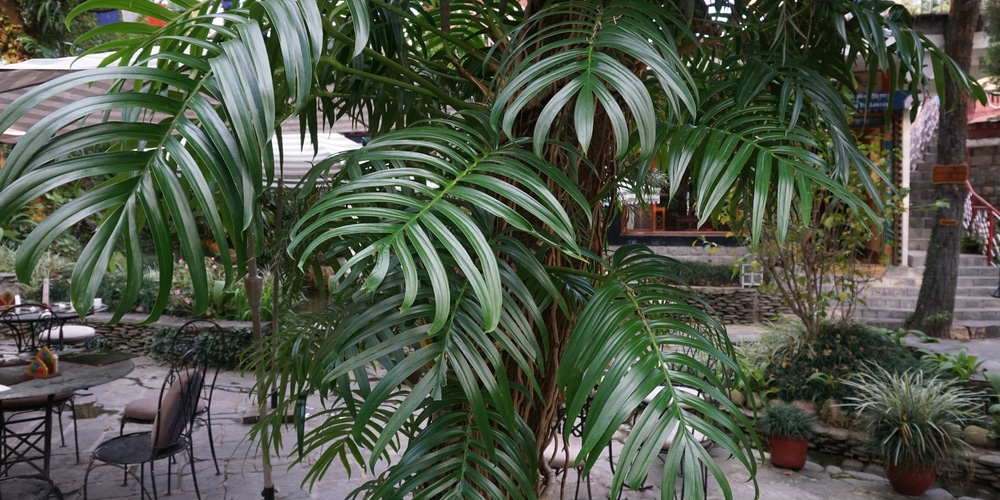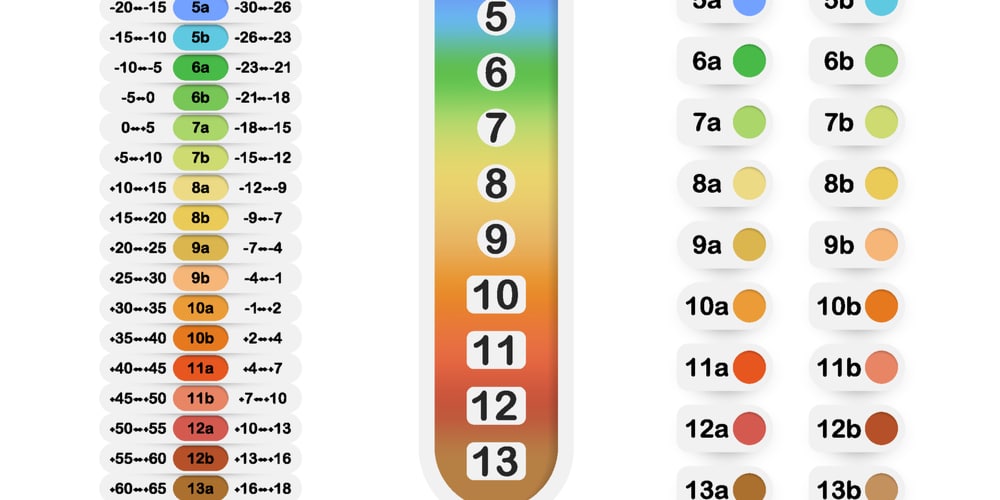Rhaphidophora Decursiva is a tropical climber that’s easy to care for, has a long life, and looks good in your home. The plant has massive leaves that have deeply lobed fronds and an amazing capacity for climbing growth. It sprouts small and continuous leaves, which become more lobed around the edge and grow deeper (nearly reaching the central vein) as they grow older. Let’s look at how to grow and care for a Rhaphidophora Decursiva.
What is a Rhaphidophora Decursiva plant?
Wild Rhaphidophora Decursiva have freakishly huge leaves that grow to be twenty inches wide and forty inches long. Plus, the plants are amazingly great climbers. They often climb and reach a height of forty feet (distance from the end of the roots to the topmost part of their foliage). Domesticated Rhaphidophora Decursiva aren’t that big. They often grow to be 5 feet tall.
Rhaphidophora Decursiva is native to southeast Asia, the Himalayan hills of southern China, and India. It’s commonly found in tropical forests and often germinates mid-air in tree branches. It then extends its leaves upwards in search of sunlight and secures itself to the host plant while its roots make their way downwards in search of minerals.
Wild Rhaphidophora Decursiva develops thick roots that look similar to a small plant’s tree trunk. Their growth pattern places them in the epiphyte category (tree lovers) like some other plants, i.e., the Pink Princes Philodendron and the Philodendron Splendid.
Rhaphidophora Decursiva and other epiphytes make fantastic houseplants because their forest growth conditions are similar to in-house growth conditions. For instance, both of them experience limited light and nutrient supply. Therefore, we can safely assume that the amount of nutrients and light they receive when grown indoors directly affects their growth rate.
The plant is adaptable to several places inside your home. Its large leaves are meant to absorb whatever sunlight they can find, and the aerial roots are designed to absorb all the nutrients they can find. In addition, their veining habit makes them perfect for homeowners who have structures they’d like the vine to climb onto.
Caring for Rhaphidophora Decursiva
You’ll need to set up a basic routine that’ll help you care for your Rhaphidophora Decursiva without stressing you out. Ensure that you plant the climber in a sizable pot that has enough space for it to grow. You should also make sure that the pot has one or two drainage holes that get rid of any excess water preventing the soil from getting waterlogged.
Sunlight
Rhaphidophora Decursiva loves bright but indirect rays of sunshine. Thus, you should try placing it about a foot or two away from the south or east-facing window. Ensure that you watch your plant to see if the light is too intense. A condition that may cause leaf scotch. You can move your plant further back if you notice that its leaves are affected by too much sunlight.
Watering
You should water the Rhaphidophora Decursiva any time you notice that the first inch (or two) has dried out. You could use your finger to poke at the topmost layer and check for any dryness. Remember that the Rhaphidophora Decursiva should be provided with well-draining soil since all it needs is a regular supply of water to add to its storage.
Watering the Rhaphidophora Decursiva too often could lead to overwatering, which won’t be too good for the plant. Avoid using a saucer since it pools the water, causing your plant to experience a constant state of dampness and reabsorbing the remaining water.
Instead, you’ll need to remove the plant from the saucer when watering it and place it back when most of the water has drained off. In addition, it would be helpful if you gave the plant a nice sponge bath by cleaning its leaves to remove any dust particles that may stick on and close the pores. Doing this will keep them healthy, clean, and at their photosynthetic peak.
Pruning
The plant doesn’t require excessive pruning besides the occasional removal of older, yellowing leaves. It’s safer for you to let the plant keep as many leaves as possible until it grows large enough for pruning.
Humidity
The plant is used to high levels of humidity like those present in tropical climates; however, it is still able to adapt to low levels of humidity found indoors. You could use a plant humidifier to provide your Rhaphidophora Decursiva with consistent humidity levels. Other easy ways you could apply to improve its humidity are:
* Placing it among other plants
* Placing it in your kitchen or bathroom where there’s a higher concentration of water droplets in the air
* Placing a jar or bowl of water close to the plant
* Placing your plant’s pot on a humidity container that’s filled with damp pebbles
Ensure that you don’t place your Rhaphidophora Decursiva close to heating and cooling vents. Doing this exposes your plant to the elements (warm and cold air), stripping your plant of any moisture it may have absorbed.
USDA Climate Zones
* USDA hardiness zone: 11-12
* Temperature: 40-50˚F
Such areas don’t experience frost, which means that you can plant your Rhaphidophora Decursiva outdoors all year long.
Fertilizer
Rhaphidophora Decursiva’s huge leaves mean owners have to apply fertilizer each month in the summer and spring. The plant is dormant in winter and fall (it doesn’t grow fast enough). Therefore, it doesn’t need lots of fertilizer. You’ll need to apply fertilizer once every two months during this period.
Soil
Similar to other epiphytes, Rhaphidophora Decursiva thrives in soils that drain well because they need a good amount of oxygen to reach their huge roots. You’ll have to avoid mixes that use ingredients that get soggy and compacted, i.e., peat, if you want them to absorb more water and oxygen.
Instead, lighten your plant’s soil by mixing it with some orchid barker vermiculite. These products are available for purchase on Amazon. The materials are designed to add air pockets to your pot soil’s structure to increase its drainage. Doing this ensures that your Rhaphidophora Decursiva receives the perfect amounts of water and oxygen.
Propagation
Rhaphidophora Decursiva can be propagated through the stem cutting technique. This technique involves cutting the Rhaphidophora Decursiva at the desired height below a leaf node. Then, you should remove all the leaves (except a few) and place the cut section in a growing medium. Specialized cells will develop into roots turning the cut section into an independent plant.
You can also propagate the Rhaphidophora Decursiva through the air layering technique. The technique works best for plants that have aerial roots. For instance, the Rhaphidophora Decursiva develops a combination of aerial roots and leaf or root stems. At this point, you can air-layer and propagate a new plant.
You do this by wrapping a layer of horticultural moss on the stem’s section that has roots, waiting for the roots to wind through the moss and multiply before cutting below the moss and transferring the section to a new pot. You should then water and keep the soil moist for at least a week while the roots take hold. You can then go back to your regular watering schedule once they do.
Rhaphidophora Decursiva: Conclusion
Rhaphidophora Decursiva is easy to grow and care for. It has amazing leaves that can fill your home and make it look like a mini forest. Give it something to climb onto, and you’ll have a wonderful plant that’ll make your home feel more alive in no time. Have fun!

